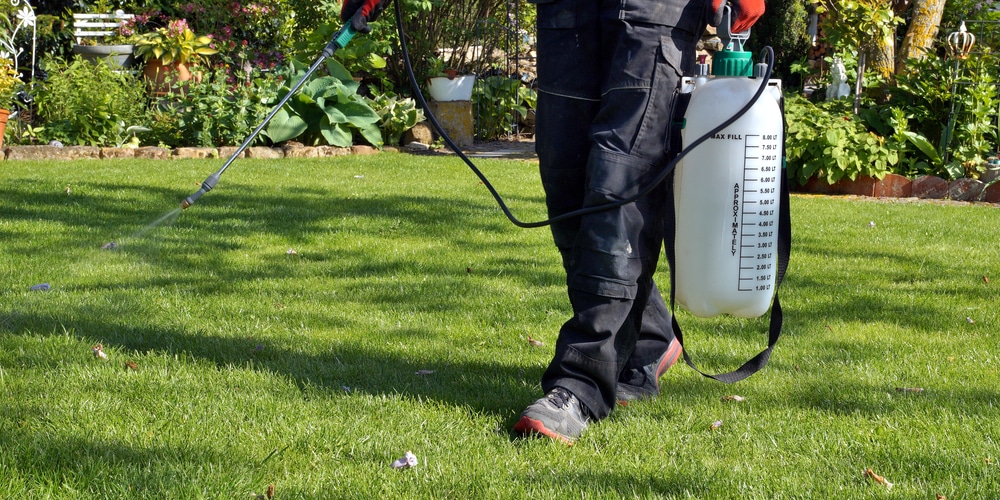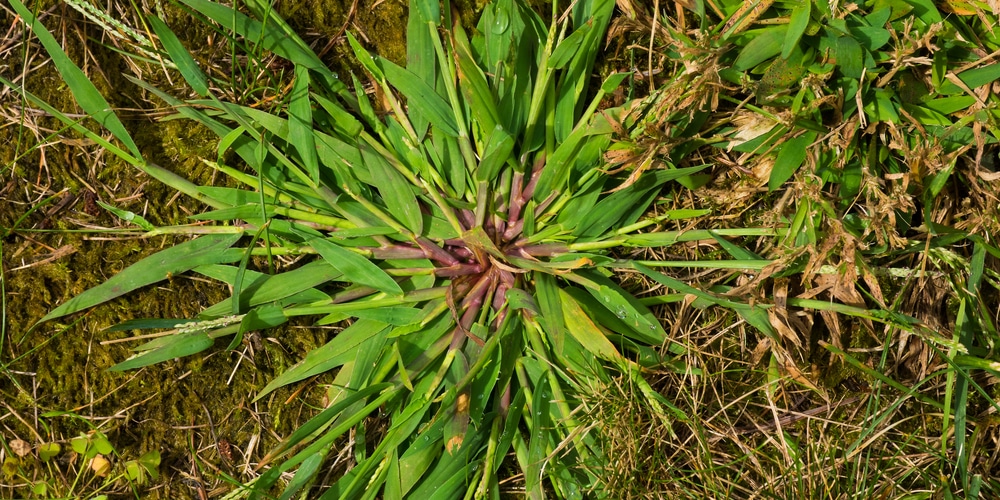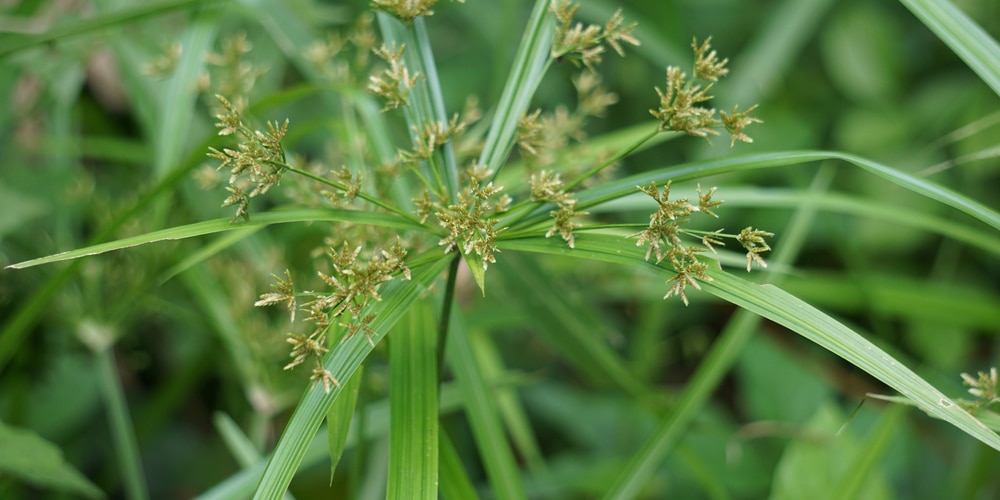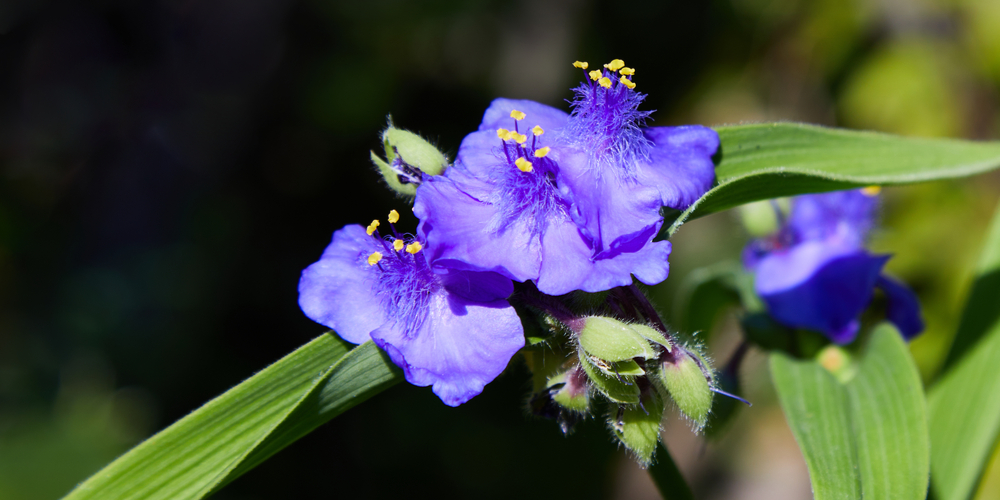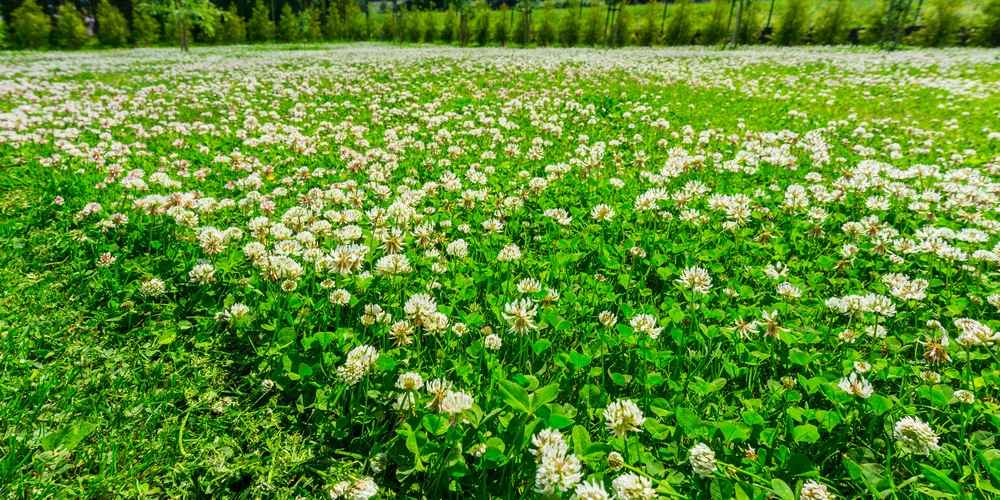Weeds are not uncommon when growing a garden or keeping a lawn tidy. And while not all weeds are destructive and unappealing, taking care of them early in their spreading process might save you from many headaches. Indeed, GA weeds can become invasive and deprive your grass or plants of essential nutrients.
Over time, they might even take over. So, even if they look pretty and display bright flowers, you should learn how to identify them to keep your yard healthy.
The truth is that every region tends to have different weeds. So, you’ll need to recognize them and know what measures to take to remove them. Let’s look at the most common GA Weeds.
GA Weeds
If you live in Georgia, you have landed in the right place. In this essential guide, you will learn everything you need to know about the most common weed species in the state, including how to get rid of them effectively.
Crabgrass
Crabgrass is one of the most common weeds in Georgia (and in many other parts of the country). This weed appears in the summer when the ground and the outdoor temperatures are hot.
So, when other plants might be struggling under the heat, crabgrass takes advantage and deprives them of nutrients and water. While it dies as winter comes, you should learn to manage it.
Indeed, without intervention, crabgrass can grow up to 2 feet tall. Additionally, its seeds might last in the soil for up to 3 years.
The good news is that getting rid of crabgrass is usually not challenging.
If you notice crabgrass on your lawn, control its spread by following a regular (and frequent) mowing schedule. Keep your grass at heights between 2 to 4 inches. Also, consider pulling it, paying attention to taking all the roots, for even better effectiveness.
You can prevent crabgrass by adding mulch around your plants. Crabgrass isn’t particularly competitive, meaning that it won’t do well around healthy plants. Don’t forget to fertilize your lawn (and your plants) in the spring and fall to keep them healthy. Don’t use herbicides with crabgrass, as they are often ineffective.
Dandelion
Dandelions might look pretty and bright. Plus, they attract bees and butterflies, who love feeding on the flowers’ nectar. However, you should remove them from your garden as they might spread aggressively and limit access to water and nutrients supplies to your plants. If you allow them to, dandelions might take over your ornamental grasses. And that might not be as fun! Their large taproots will contribute to their re-emergence over the following season.
Hand-pulling and mowing do little to the removal of dandelions. Instead, effective methods of prevention (and control) include mulching with wood chips or bark and digging. You can use specialized knives to remove individual weeds without harming the soil.
Yellow Nutsedge
Yellow nutsedge is a perennial weed that might resemble some types of grasses from a distance. If you are growing Bermuda, you might struggle to notice it before it’s too late.
However, if it looks thicker and denser, you can be sure nutsedge has come to your garden. Additionally, during the flowering season (usually in early summer), yellow nutsedge displays light brown flowers, which will make the weed more noticeable.
Unfortunately, this weed is problematic, so don’t be fooled by its harmless aspect, and more so when growing a vegetable garden. It can reduce harvest yields, and it tends to be hard to remove.
Usually, the appearance of yellow nutsedge is often a symptom of poor drainage. A pre-emergent and a specialized spot treatment might help you control the invasion. However, don’t forget that such methods come with side effects that include the possibility of harming your lawn.
As with many species of weeds, with yellow nutsedge, prevention is better than cure. Try to avoid wet conditions in your garden, which favor this weed’s growth. Use landscape fabrics as mulch to prevent nutsedge from growing through other types of organic mulches.
Tropical Spiderwort
Tropical spiderwort is another common GA weed. This perennial creeping herb that produces pretty blue or lilac flowers. While it might look harmless, we recommend removing this weed as soon as you notice its presence. It is most common in Southern Georgia, as it prefers hot temperatures.
Under ideal conditions, tropical spiderwort thrives in moist soils and might harm your crops and lawns. It often roots in saturated soils and tolerates flooding, but you may be able to find it even on drier sides. Due to its aggressive spread, you should eliminate it using a combination of hand-picking and herbicide.
Clover
Again, this is another example that a GA weed might look cute. But despite its aesthetic appeal, clover can cause headaches for gardeners and homeowners, especially when maintaining a healthy garden.
Under ideal conditions, clover might overthrow your plants and lawn. Avoid thinking of mowing as a way to get rid of it. Instead, pull it up by hand (paying attention to taking the roots) and apply a pre-emergence product to prevent its spread.
